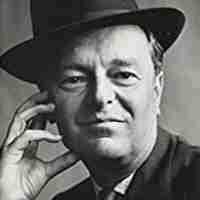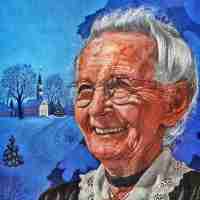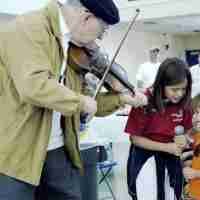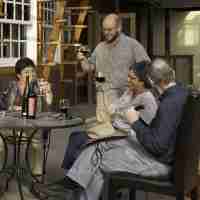Creativity

Far from losing our marbles, most older people have access to an increasing store of knowledge gained over a lifetime of learning and experience. Many seniors have made a mark for themselves in creative fields; there’s Millard Kaufman, who wrote his first novel, the best-selling Bowl of Cherries, at 90, 93-year-old Lorna Page, who created waves with her first novel A Dangerous Weakness, and former patent attorney John Root Hopkins who turned to art in his 70s and at 73 had a show of his work in the American Visionary Art Museum. There are numerous examples throughout history of the creative power of the aging brain – Benjamin Franklin invented the bifocal lens at 78, Thomas Hardy published a book of lyric poetry at 85, Frank Lloyd Wright completed the design of the Guggenheim Museum in New York at 92, and Giuseppe Verdi wrote Falstaff when he was 85.
We need to change our expectations of how creative and original older people can be, and draw on seniors to be productive throughout our lifespan. We have a lot to offer the world in a whole range of creative endeavours, and a great deal of experience and skill to pass on to future generations. Harvard psychologist and aging specialist Shelley Carson has written “I challenge each citizen, whether currently a senior or a senior-to-be, to consider one life lesson that you would like to pass on to future generations. Then decide upon a creative medium in which you could embed this lesson – perhaps a novel or a painting or a musical piece. And then make it the work of your post-retirement years to grow proficient in that medium and to produce a work that embeds your message.”
Go forth and be creative!





